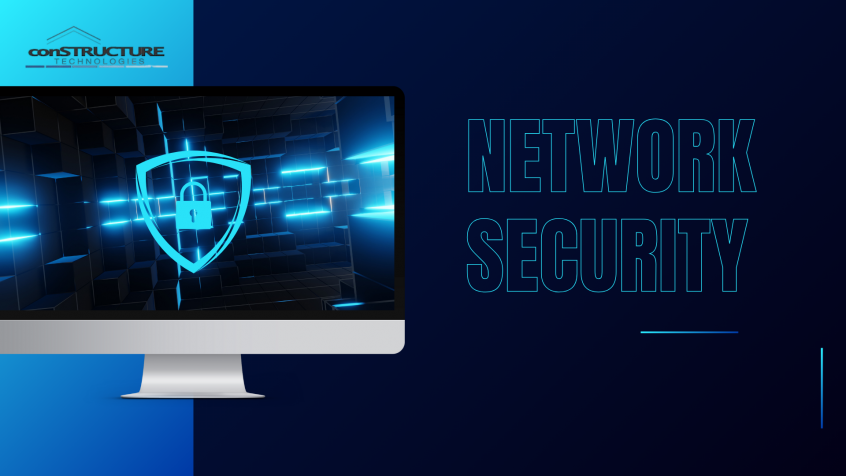In the digital age, protecting your network security is critical for any business to thrive. As cyber threats evolve, keeping your data safe has never been more important. In this blog, Constructure Technologies will teach you how to improve network security:
Why Network Security is Important
Network security is important because it protects critical data from unauthorized access and damage.
A security breach at your business could lead to huge financial losses, legal problems, and reputation damage. As businesses increasingly rely on digital platforms, network security becomes important to maintaining operations and consumer trust.
Strategies to Improve Network Security
- Implement Multi-Factor Authentication (MFA): Multi-Factor Authentication adds an extra layer of security by requiring users to verify their identity through multiple methods. This reduces the risk of unauthorized access, even in a case of compromised passwords.
- Network Segmentation: Network segmentation involves dividing a network into smaller, isolated segments to limit the spread of cyber threats. By segmenting networks, organizations can control access to critical data and minimize the impact of a security breach.
- Strong Passwords: Encourage the use of strong, unique passwords for all accounts. A strong password typically includes a combination of letters, numbers, and special characters. Regularly updating passwords also helps protect against unauthorized access.
- Email Security: Email is a common target for cyber attacks like phishing. Implement email security measures, including spam filters and staff training on recognizing suspicious emails.
- Regular Updates and Patch Management: Keeping systems up-to-date with the latest security patches helps to protect against new threats. Regular updates close security gaps hackers could exploit.
- Firewall and Antivirus Solutions: Deploying robust firewall and antivirus solutions can detect and prevent unauthorized access and malware infections. These tools act as the first line of defense against cyber threats.
- Data Encryption: Encrypting sensitive data ensures that even if data is intercepted, unauthorized parties can’t read it. Implementing encryption for data at rest and in transit is a critical aspect of network security.
- Access Controls: Limiting access to networks and sensitive data to only those who need it helps reduce the risk of internal threats. Implementing role-based access controls (RBAC) ensures that staff have the appropriate level of access based on their job functions.
Stay up to date with the latest from Constructure Technologies across social media.

